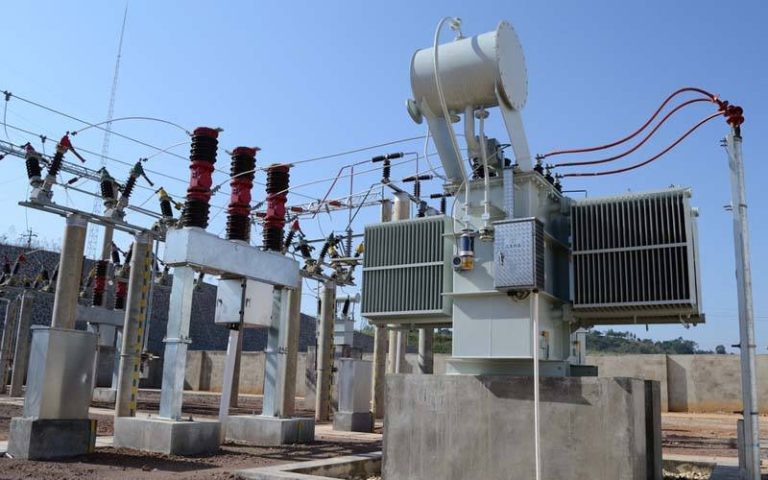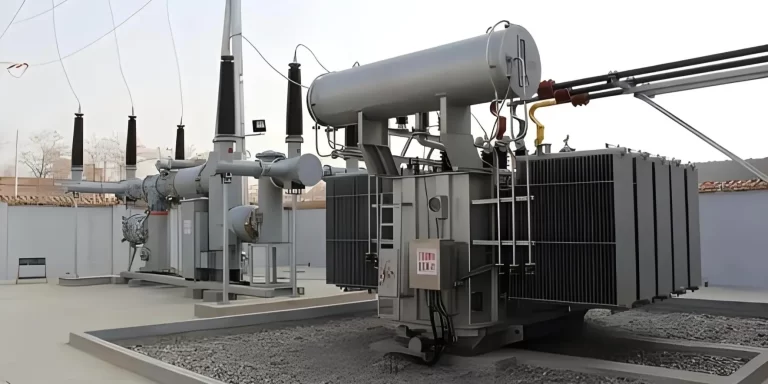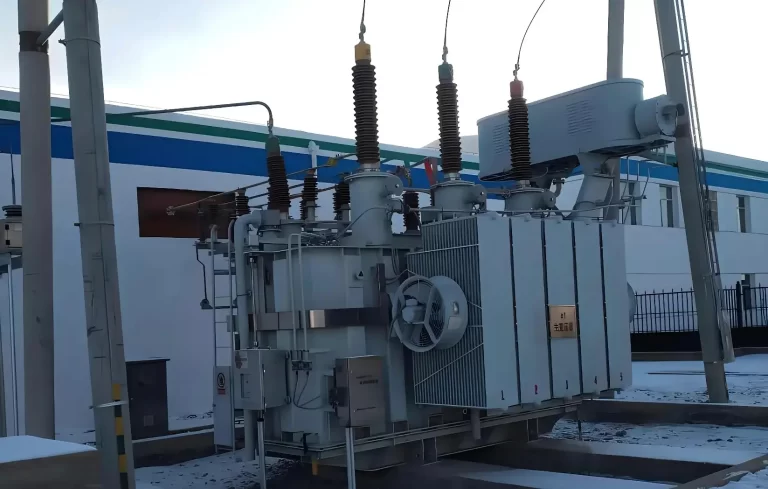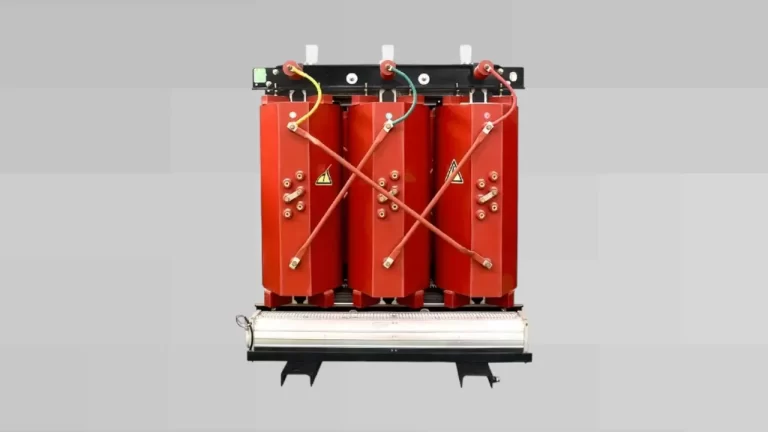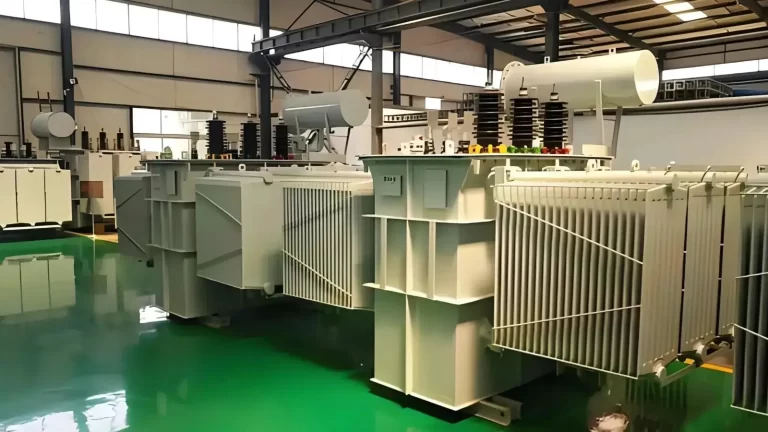Transformers are critical components in electrical power systems, responsible for stepping up or stepping down voltage levels. To ensure their safe and efficient operation, transformer testing is essential. But how many types of transformer testing are there? Let’s explore the various methods used to test transformers.
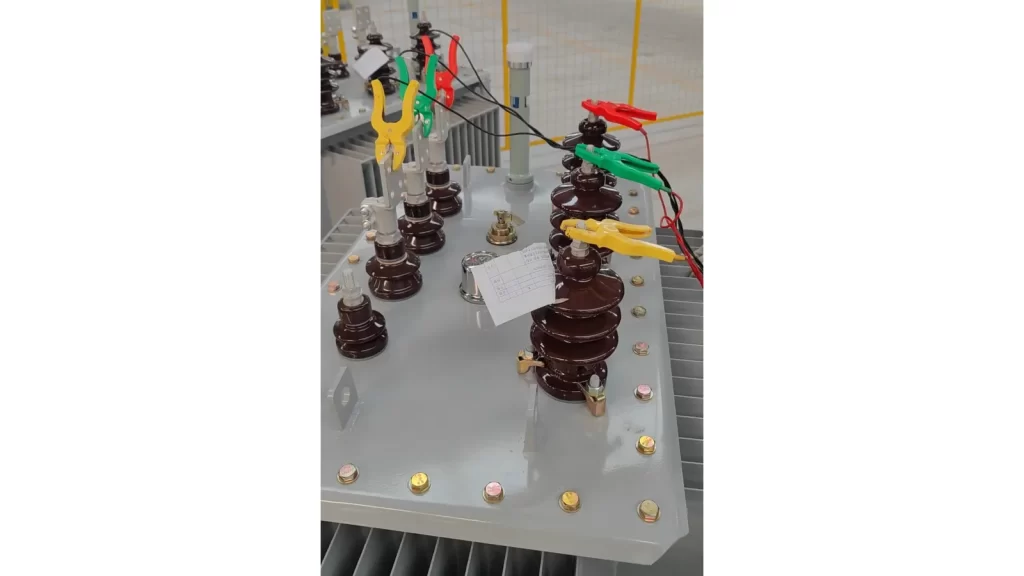
Table of Contents
1. Ratio and Polarity Test
The ratio and polarity test is one of the most fundamental tests performed on transformers. It involves measuring the turns ratio between the primary and secondary windings to ensure they meet the specified requirements. Additionally, the test verifies the correct polarity of the windings, ensuring the proper phase relationship.
2. Insulation Resistance Test
Insulation resistance testing is crucial to assess the condition of the transformer’s insulation system. This test measures the resistance between the windings and the transformer’s core or ground. By evaluating the insulation resistance, potential issues such as moisture, contamination, or insulation degradation can be identified.
3. Winding Resistance Test
The winding resistance test determines the resistance of each winding in the transformer. By measuring the resistance, it is possible to identify any loose connections, faulty tap changers, or high resistance connections that could lead to excessive heating and potential failures.
4. Transformer Turns Ratio Test
The transformer turns ratio test verifies the turns ratio of the transformer under normal operating conditions. This test ensures that the transformer is capable of providing the desired voltage transformation. Any deviation from the specified turns ratio can indicate issues with the transformer’s windings or tap changers.
5. Short-Circuit Impedance Test
The short-circuit impedance test determines the impedance of the transformer when subjected to a short-circuit condition. This test helps assess the transformer’s ability to withstand short-circuit currents and ensures that the impedance falls within acceptable limits.
6. Sweep Frequency Response Analysis (SFRA)
SFRA is a diagnostic test that measures the frequency response of a transformer to identify any mechanical or electrical changes within its core and windings. By analyzing the frequency response, potential issues such as winding deformation, core movement, or shorted turns can be detected.
7. Dissolved Gas Analysis (DGA)
DGA is a method used to analyze the gases dissolved in the transformer oil. As transformers age or experience faults, gases are generated due to the degradation of insulation materials. By analyzing the type and concentration of these gases, it is possible to identify potential faults or abnormal operating conditions.
8. Partial Discharge Test
The partial discharge test is performed to detect and locate partial discharges within the transformer insulation system. Partial discharges can indicate insulation degradation or the presence of voids, which may lead to insulation failure if left unaddressed.
9. Temperature Rise Test
The temperature rise test evaluates the transformer’s ability to dissipate heat under normal operating conditions. By measuring the temperature rise of the windings and other critical components, it is possible to ensure that the transformer operates within safe temperature limits.
10. Dielectric Strength Test
The dielectric strength test assesses the insulation’s ability to withstand high voltage stress without breakdown. This test involves applying a high voltage to the transformer and measuring the leakage current. It helps ensure that the insulation system is capable of withstanding the expected operating voltages.
These are just a few of the many types of transformer testing methods used to assess the condition and performance of transformers. Each test plays a crucial role in ensuring the reliability, safety, and efficiency of these vital electrical components.
References:
Transformer Testing | Type Tests and Routine Tests of Transformer

